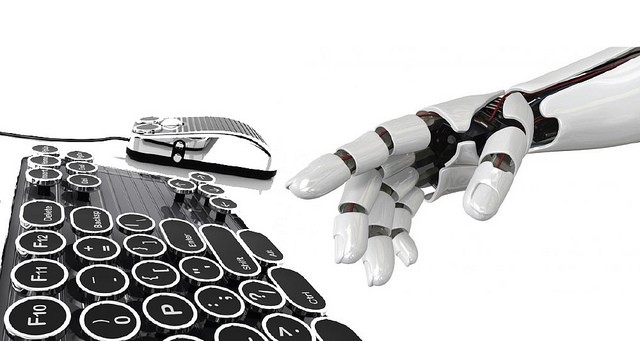
It seems these days that everywhere we turn, there’s another story about the important role robots will play in our future. I’m already BFFs with my Alexa, and Nest keeps me warm at night, so I know what they mean. These stories reinforce just how important it will be for the current young generation to feel comfortable using technology to be efficient, creative, productive, and in control.
Here at Wonder Workshop, we believe that all students should be exposed to computational thinking at an early age. Our co-founder, Vikas Gupta, has written about the importance of starting very young as a way to balance the gender divide that exists in computer science. Why else do we feel so strongly about introducing young students to robotics and computer science?
Here are five reasons.
1. Coding is the new literacy.
What does literacy mean? The definition of literacy is “the ability to read and write,” but more broadly, it means the ability to communicate using a symbolic system. If code is one of the important symbolic systems of the near future, then indeed, being literate in computer languages and computational thinking will be essential competencies. In many ways, we are already there. Want to express yourself with a website? It helps to know a little HTML and CSS to spruce up the available templates. Want to simplify a repetitive task in Excel? It helps to know how to write a short script to do it for you. These activities aren’t necessarily a part of what we would think of as STEM. Artists and writers create websites. Marketing professionals analyze consumer data in Excel spreadsheets. (OK, it’s math, but still.) The idea is clear: Knowing how to master our many digital environments and tools is key. As Apple executive Craig Federighi told the BBC in 2015, “These devices are so much a part of our lives — we have a computer in some form wherever we go — that the ability to create in that medium is as fundamental as the ability to write.”
Many people credit Marina Umaschi Bers, professor of child development and also of computer science at Tufts University and director of the DevTech research group, as the first person to frame computer literacy as the “new literacy.” She has performed extensive research on how young people can interact with digital tools to foster creativity and solve problems. As a student of Seymour Papert at MIT in the 1960s, Professor Umaschi Bers observed young children who were learning LOGO, the first computer language created for kids. In 2014, Umaschi Bers and the DevTech research group created the programming language ScratchJr in collaboration with Mitch Resnick at the MIT Media Lab. If you haven’t watched Professor Resnick’s TED Talk about ScratchJr and how kids can use it to unleash their creativity, here’s the video.
Professor Umaschi Bers points out that “those who can’t read and write are left out of power structures.” That’s what this comes down to. Who will hold the reins in the future when so much of our work becomes digitized? The role of education is to prepare the next generation for handling the challenges they will face. It’s not enough just to be able to use technology; to solve the problems of the future, we will need more and more people who can create technologies. As Umaschi Bers writes, “In a coding playground, children become producers, not only consumers[…]”
Like ScratchJr, Wonder Workshop’s Blockly for Dash & Dot robots uses drag-and-drop block-based programming to help kids code with puzzles.
2. Coding with robotics makes the digital tangible.
Studies have shown that children learn better if they have something in front of them that they can feel and physically touch, and even better if they made it themselves. When students are faced with solving a problem that is right in front of them and is tangible, they are very motivated to succeed and interested in experimenting with their ideas until those ideas help them achieve their goals.
Day 2 of robot #WinterOlympics. Dash participated in the exhibition sport of Snowball Toss! Excited #2ndgrade! 🤖🥇@WonderWorkshop #WinterOlympics2018 #coding #robotics #csforall #edtech #edtechchat pic.twitter.com/n2ny8vqyRj
— Carrie Willis 💙🤖💻📱 (@carriewillis18) February 15, 2018
Thousands of students have shared videos with us showing their Dash & Dot robots successfully completing a task — tossing a ball through a hoop, clearing an area of debris, or navigating a complex maze without hitting the walls.
What’s so striking about these videos isn’t so much that the children succeeded, it’s the wild and explosive excitement they display when it works. The payoff is huge. Few students jump up and down and cheer when they simply solve a geometry problem. However, when they’ve solved a geometry problem using coding and robotics, the cheers are often deafening.
Now, consider coding without using a screen, but rather by manipulating physical tiles that represent command lines of code. That’s Puzzlets for Dash, and it’s perfect for the youngest learners.
3. Coding with robots spans all disciplines.
As Professor Resnick has often said, once students learn to code, they can code to learn. Using the Wonder Workshop robots, for example, students could learn to put together a narrative so that Dash & Dot tell a story. Or they could learn about the movements of the planets by using Dash & Dot to create a model of the moon going around the Earth. There are tons of possibilities. And when students experience the wonder of creating digital instructions to realize a creative vision, it’s incredibly empowering.
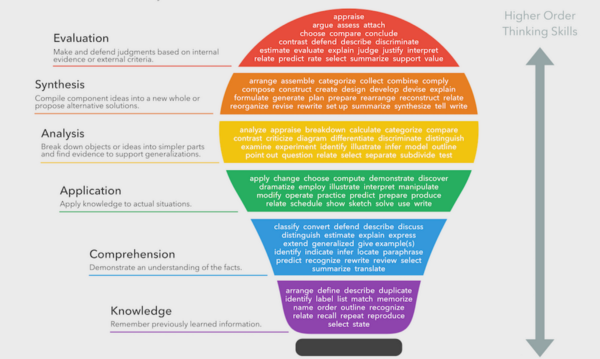
Consider Bloom’s Taxonomy, the hierarchical model for educational learning objectives. At the top of the hierarchy are Analysis, Synthesis, and Evaluation. These higher-order thinking skills are required of students who are tasked with writing accurate instructions (code) for a robot to complete a specific task. Teachers can ensure that students have the knowledge and understanding of a given concept and then test how well students can apply that understanding to a real-world challenge that has a technological answer. Students who become comfortable taking what they’re learning in the classroom and extending it to problem-solving with technology will enter adulthood equipped with the tools they need to realize their ambitions.
Wonder Workshop’s Code to Learn Lesson Library offers lesson plans that span ELA, science, math, the arts, and beyond. Check it out.
4. Coding with robotics teaches kids how to fail forward and reinforces design thinking principles.
There’s a lot of talk these days in parenting and education circles about the importance of grit in fostering student success. Can a student persist in the face of failure? Do they have the tenacity to see the problem through? Computer science and robotics provide a playground for honing this skill called grit, which can become a desirable quality.
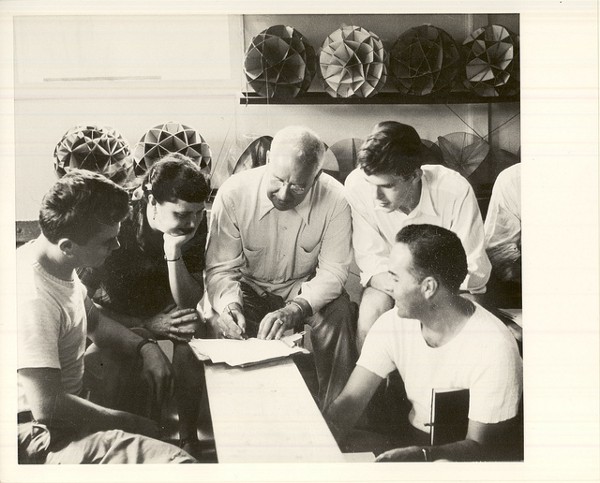
Where did “design thinking” originate? According to designer Jo Szczepanska, design science was spearheaded by all-around inventor Buckminster Fuller at MIT in the mid-1950s. Fuller was known for looking across disciplines for solutions to complex problems. We’re used to that concept now, but in the 1950s, that was revolutionary. He sought to create systematic approaches to design and hoped that design would raise the standard of living for all people. As design thinking has become more and more codified, businesses have caught on to its potential for delivering innovation. The Stanford Design School has articulated the design thinking methodology as follows:
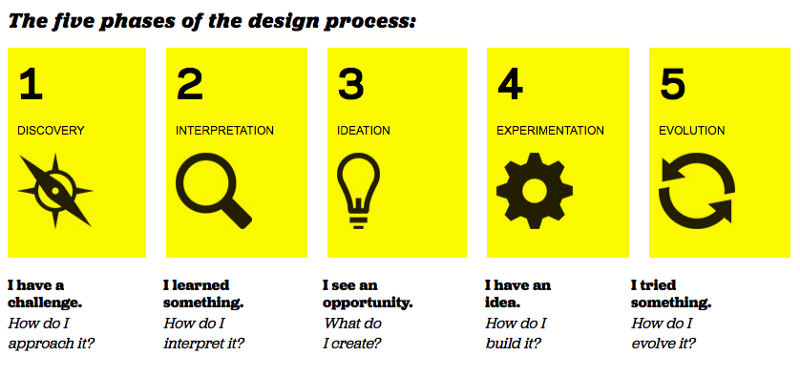
Built right into the design thinking process is the concept of failure. Notice that the final step doesn’t end with “Success!” but rather ends with evolution and loops back to the beginning of the process. When problems are framed in this way, students learn to attack them from several different angles and learn not to give up when the going gets tough. This methodology also lends itself well to teamwork. For example, ideation is well-suited for collaborative brainstorming sessions that generate lots of ideas. Then these ideas become seeds for experimentation, and so on.
This methodology is alive and well at Wonder Workshop, as we use it to create software, hardware, and our content, such as curriculum. You can bring this methodology to your classrooms with coding and robotics. Challenges that are complex enough will engage students on all of these axes.
Julia L. Dweck, M.Ed., writes on the Edutopia website about how the Wonder League Robotics Competition serves as a source of design thinking challenges for her students. Since the competition is asynchronous (students submit videos of challenges being solved by the robot), there is plenty of time for failure and experimentation. Having an asynchronous competition is quite different from robotics competitions that take place within a single day, when failure can happen rapidly and without recourse. There is a place for both kinds of competitions, just as real life presents both kinds of challenges as well — researching and writing a book is quite different from presenting a TED Talk, for example. We like that students can take time to try different approaches, and part of the competition also includes documenting their thought processes and outcomes in their journals.
Find out more about the Wonder League Robotics Competition and how your students can get involved.
5. The future is robotic.
Just the other evening at a dinner party, a friend pulled out his cell phone to show guests at the dinner a video of the coffee shop where he’d gotten a beverage that morning. It was CafeX in San Francisco. CafeX serves coffee to its customers without human intervention. The baristas are robots, and the cashiers are iPads. Using the touch screen, you pick out your latte, swipe your credit card, and the robot receives the instruction to make the beverage. Then the robot delivers the beverage to you through a little window. Don’t believe me? See for yourself.
By the time our children are grown, they’ll be traveling in self-driving cars and interacting with robots as often as with humans.
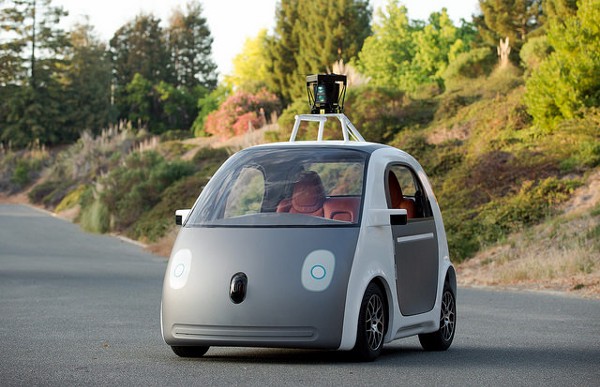
Remember bank tellers? That ATM machine you use is a robot.
We need to provide students, at an early age, access to robots that are fun, engaging, and friendly, and robots that they can learn how to control. Once students learn how to control robots and make them perform tasks they’ve set out for them, their creativity can lead them to programming robots to perform increasingly complex and challenging tasks.
The future is already here: Humans have written code that makes a robot see things we can’t see (deep mine exploration), touch things we can’t touch (defusing a bomb), and process things more quickly than we could ever hope to (sorting thousands of peas a minute in a harvest pea sorting machine).
News reports have highlighted how some jobs could be at risk of being lost to automation. We’ve seen that technology has the ability to create more jobs than it replaces, but these jobs have always required new skills, so we need to make sure that students have different and agile skill sets to keep them prepared for the evolving job market. Think of the hand weaver facing a loom. (The Luddite story is a good one.) Don’t quit weaving, just learn how to use the loom.


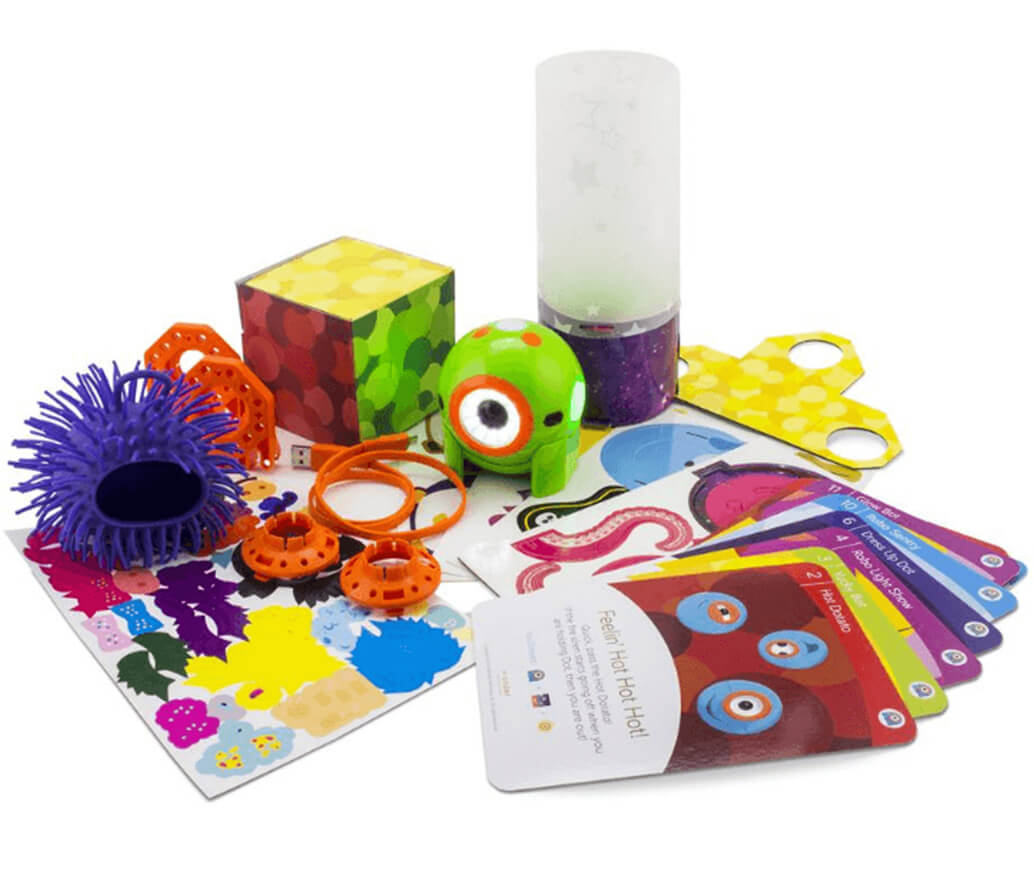
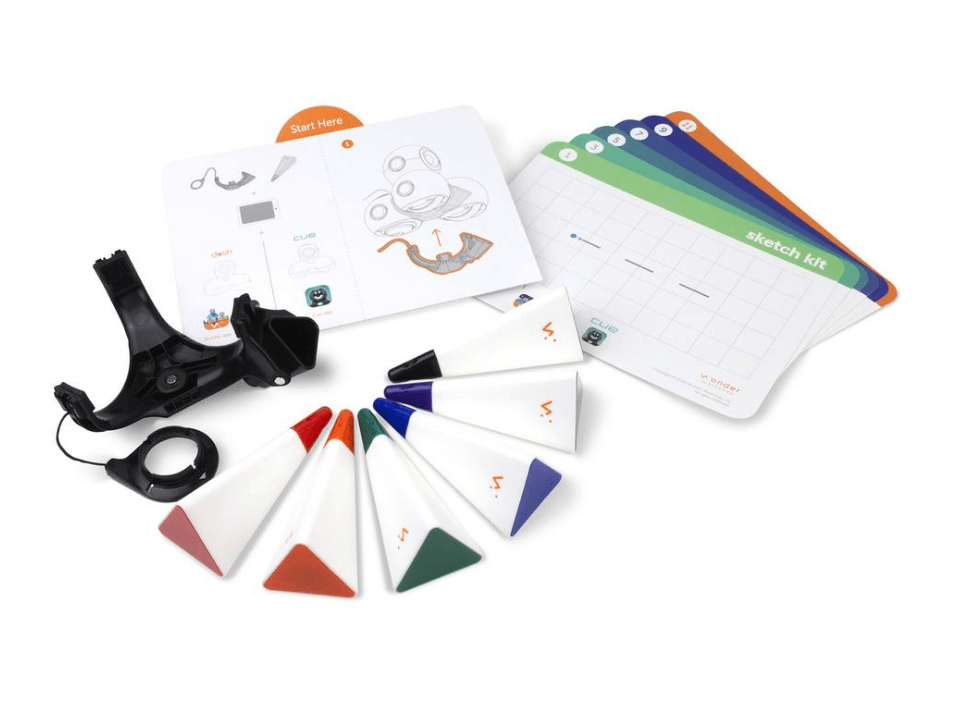


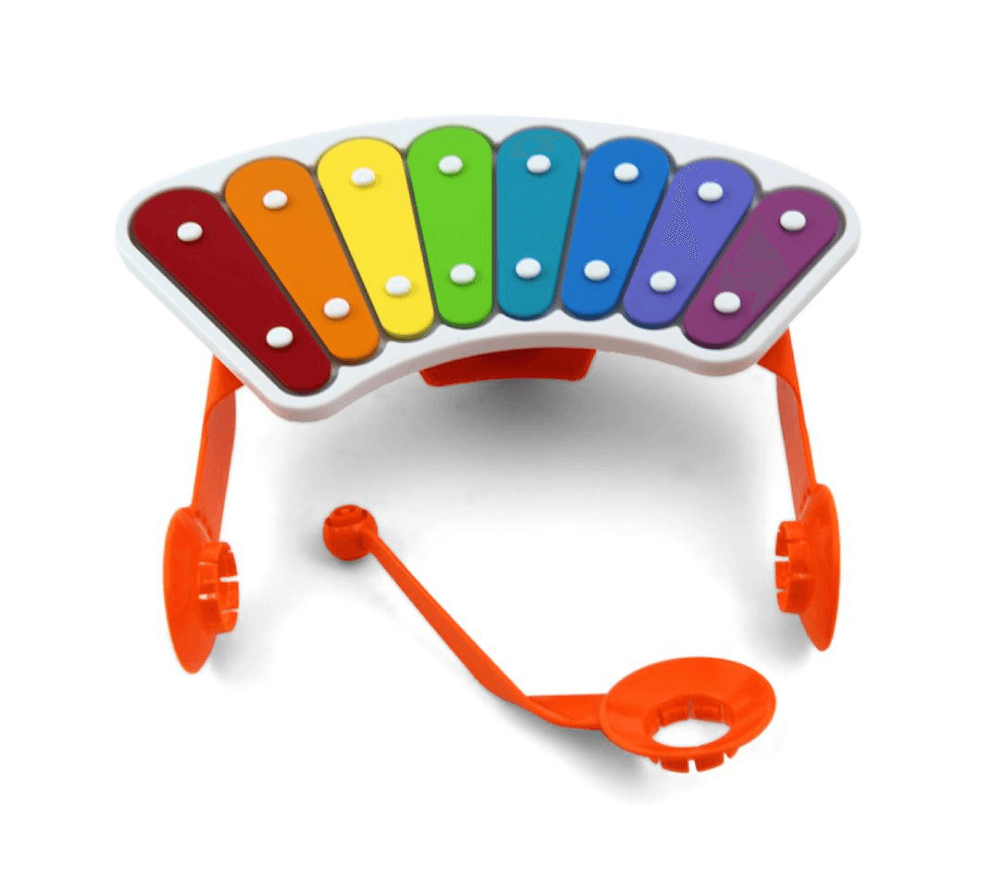


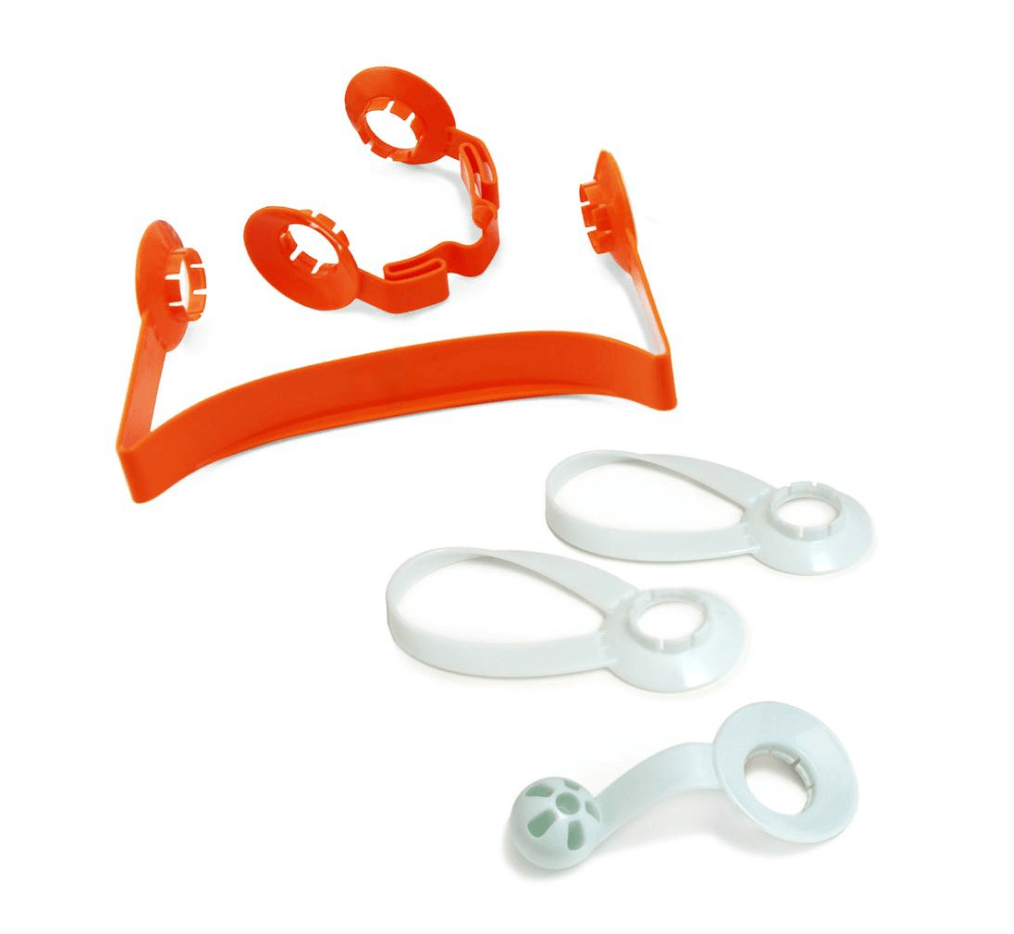

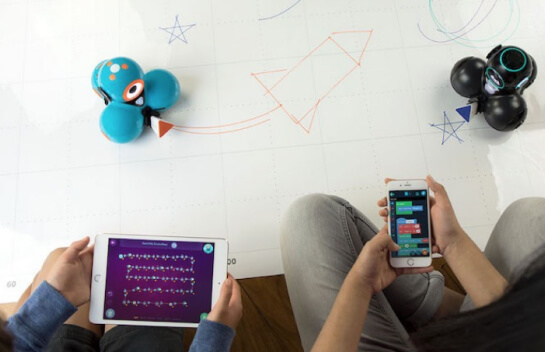
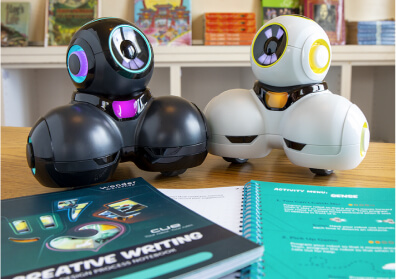
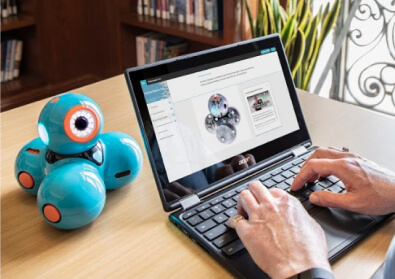


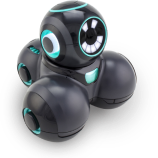




 Please wait while you are redirected to the right page...
Please wait while you are redirected to the right page...